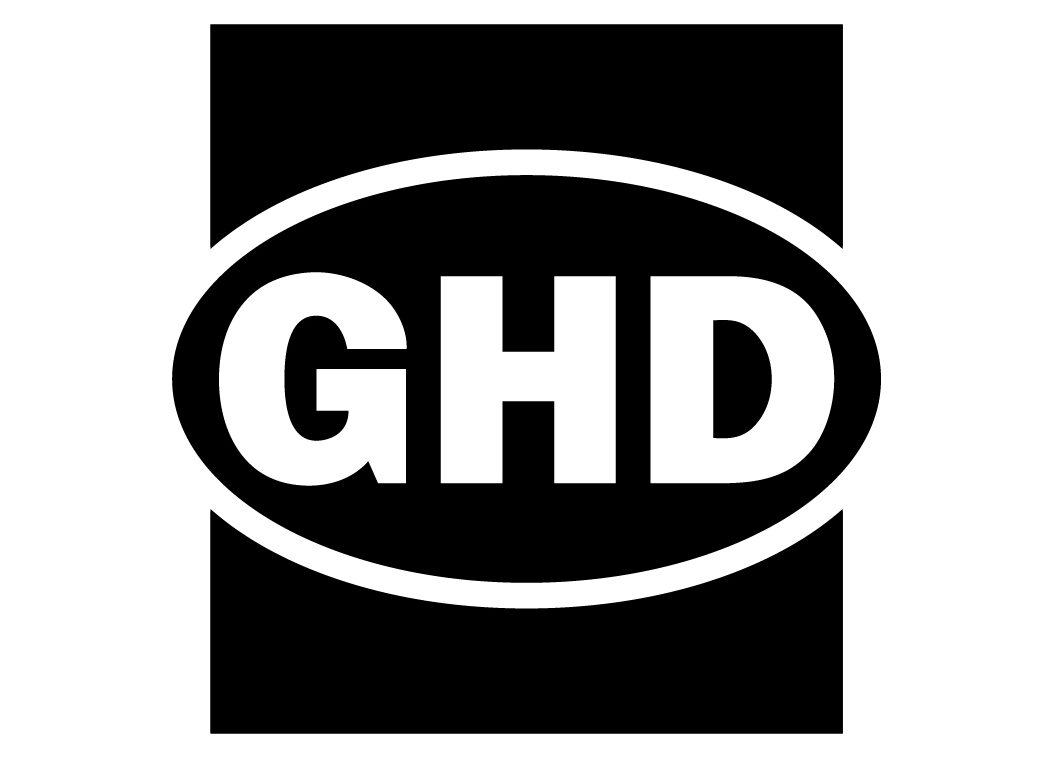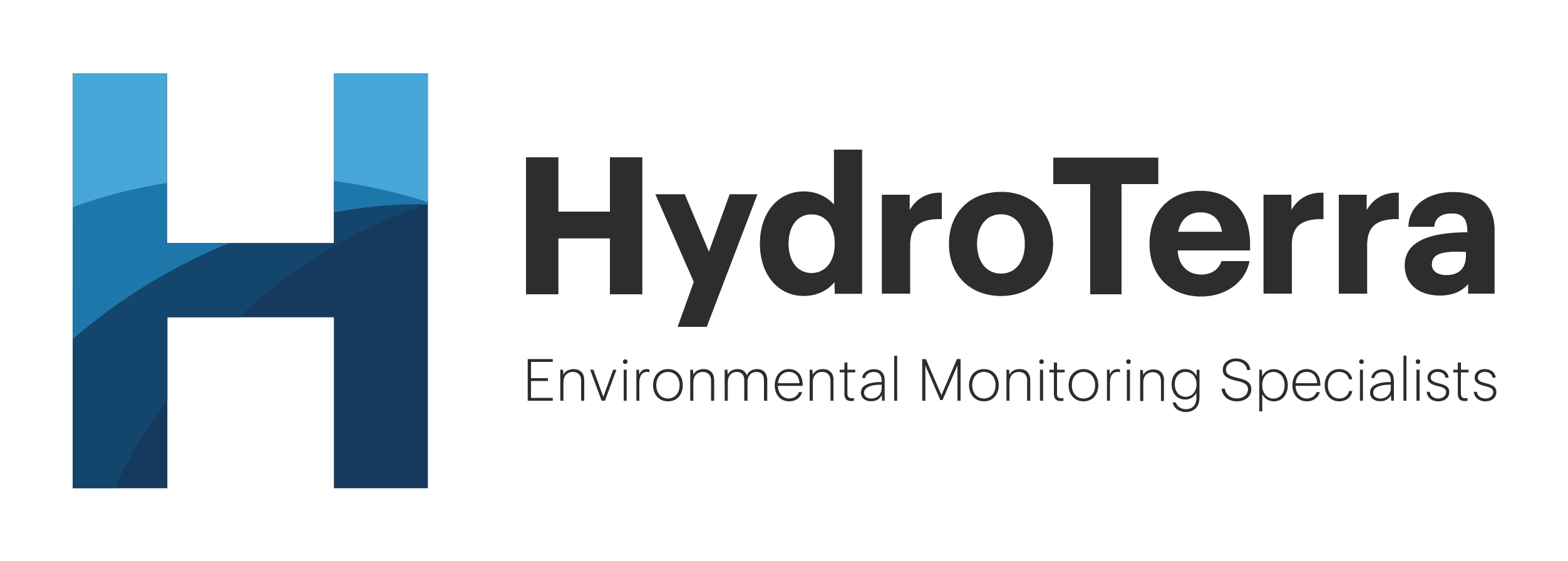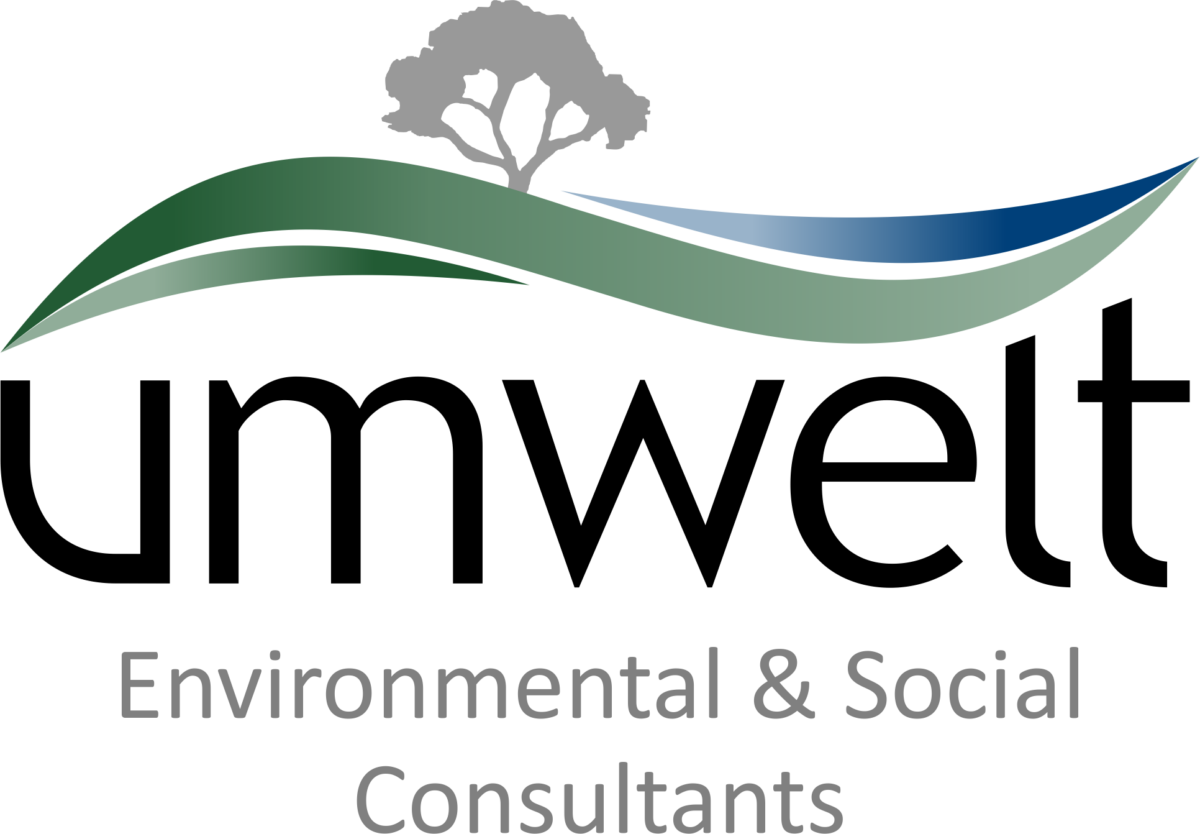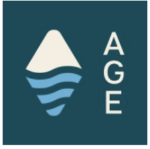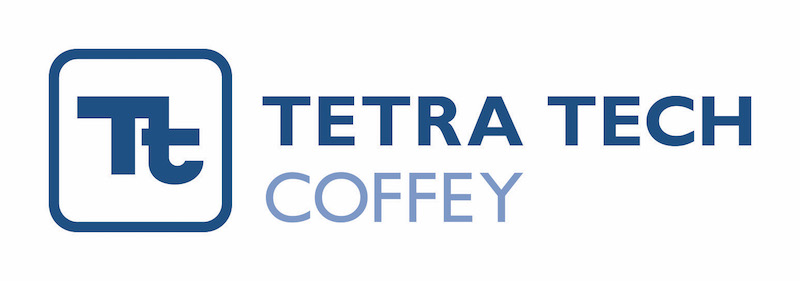Two Part Presentation:
Case Study 1: Analysis of tricky pumping test data – a method to correct for background influences
Case Study 2: Groundwater level monitoring beneath a surface waterbody – examples using the ‘lost-cone’ drilling method
Presented by: James Dommisse
Produced by: IAH NSW
Date: Tuesday 08 July 2025
Time: 18:00
Where: Online
Online: Teams link
Abstract:
Case Study 1 – Analysis of tricky pump test data
Not all pumping test data have a stable water level to match a curve, derive hydraulic properties, and
interpret something about the groundwater system. In some tests, the background water level fluctuations
may be greater than the pumping induced drawdown and recovery, or there may be an event at a key
moment in the test that makes it difficult to interpret the data. In this part of the presentation, I’ll talk about
one approach that can help to interpret these tricky types of tests. This method involves projecting the
modelled background trend during the test period, rather than solely matching to the corrected drawdown
and recovery as is traditionally done. I’ll talk about some NZ examples, and provide a working spreadsheet if
any one wishes to learn more about the method.
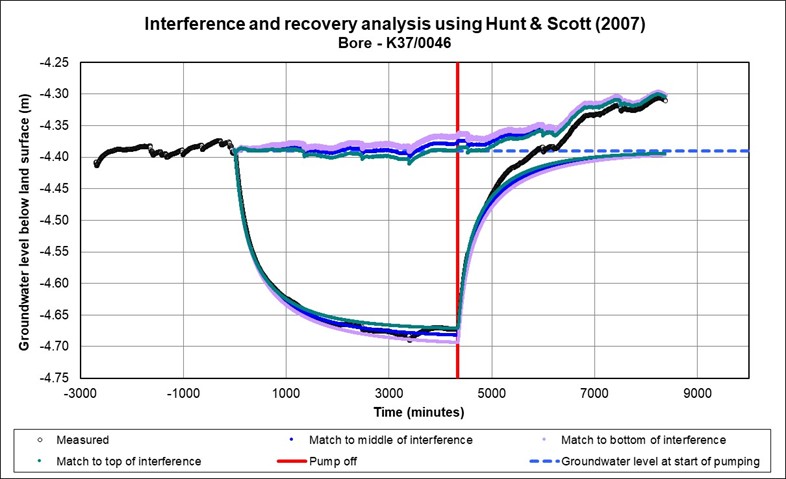
Case Study 2 – Groundwater level monitoring beneath a surface waterbody
Getting information on the groundwater heads directly beneath a surface water body can be a useful way of
understanding groundwater flow to, and from a hydraulicly connected surface water body, or determining
whether any such connection actually exists. In this part of the presentation I’ll talk about examples from NZ
using the ‘lost-cone’, jack-hammer style method to install shallow piezometers into sand/gravel material
directly beneath a stream-bed. This method can provide a simple, cost-effective way to get direct head
comparisons, vertical gradients, and help quantify gaining and losing reaches. The method is also useful in
remote areas where access may be difficult for large types of drilling methods.
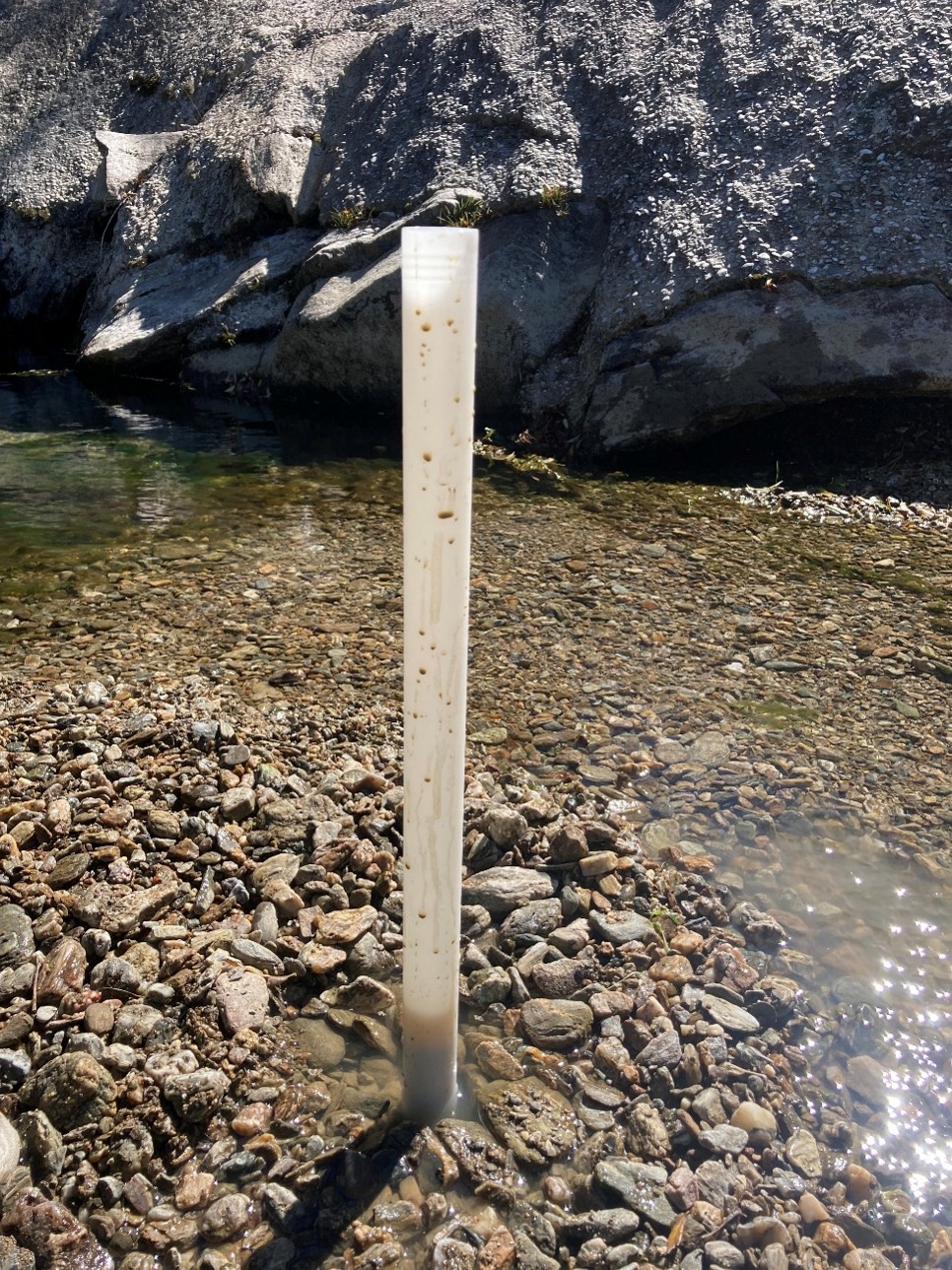
Bio:
James Dommisse, hydrogeologist from GHD, based out of Christchurch, New Zealand. Ive worked and lived
in Perth and Brisbane for periods, though most of my time has been in New Zealand. Im always keen to get
out into the field and still find that quite a fun part of the job. I also do volunteer work, and have been
helping with groundwater projects in Cambodia for the last 8 years.






